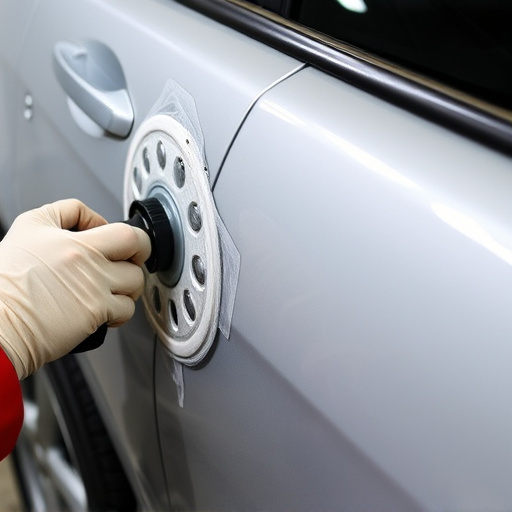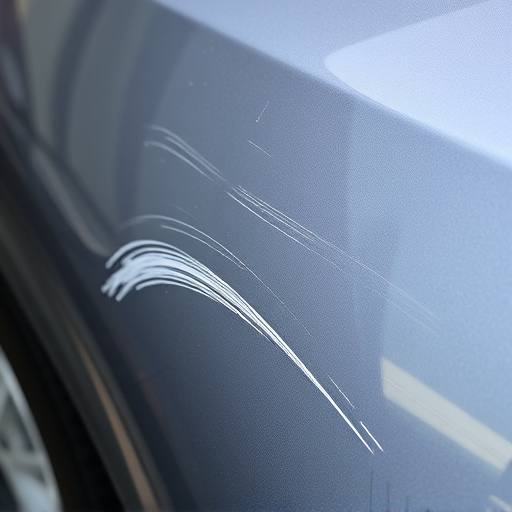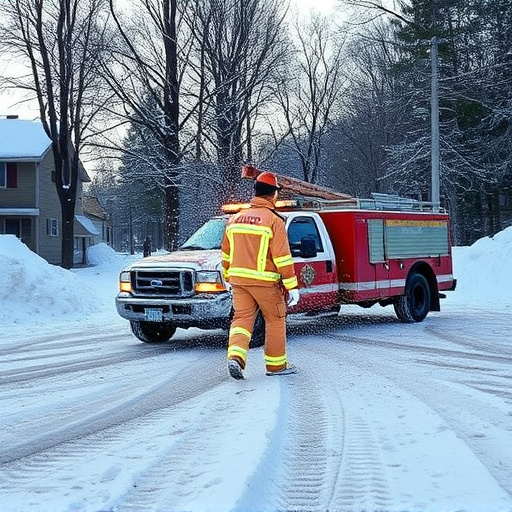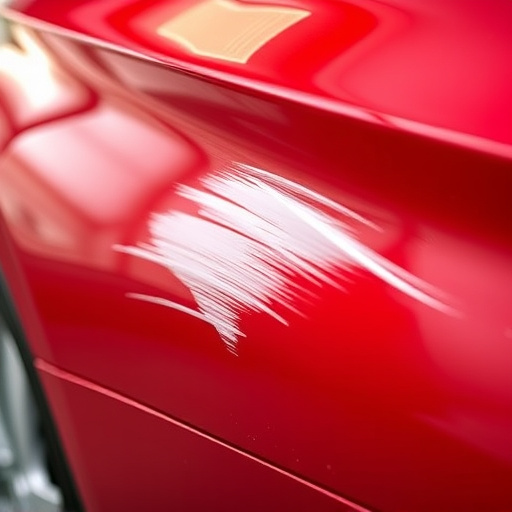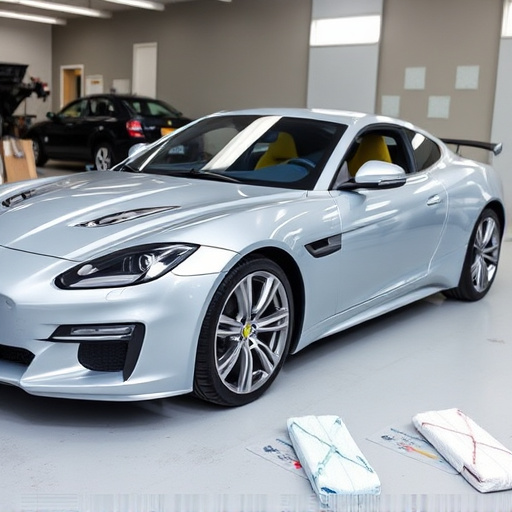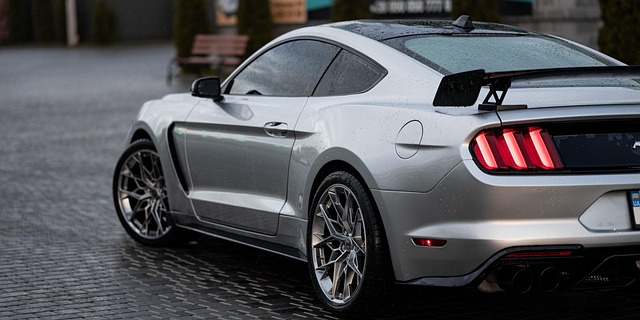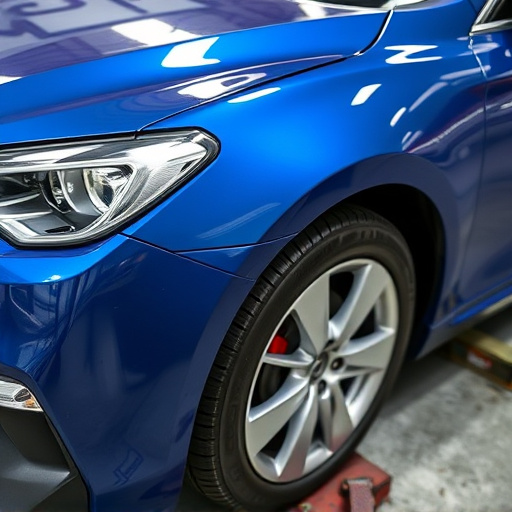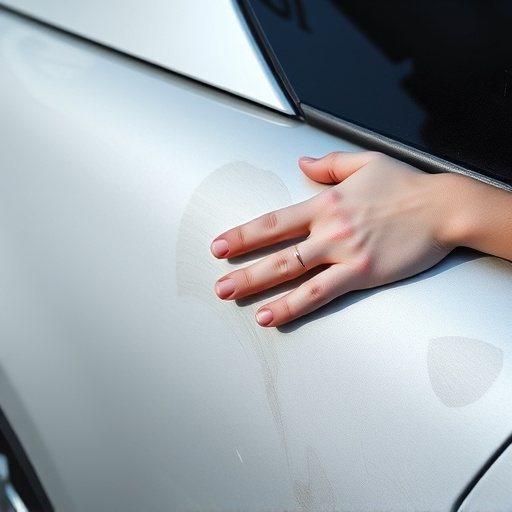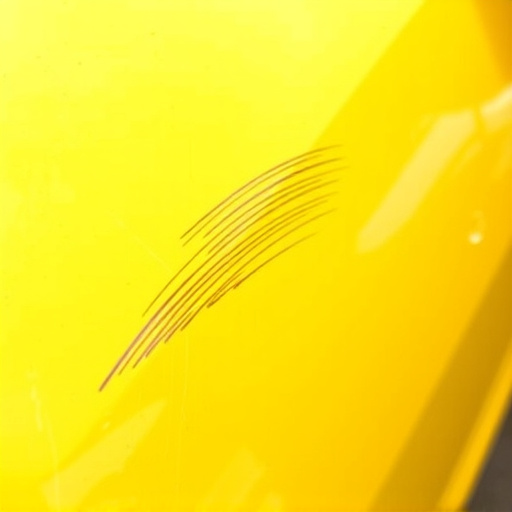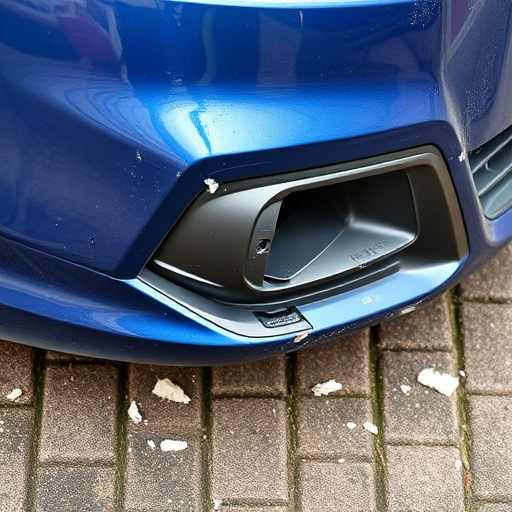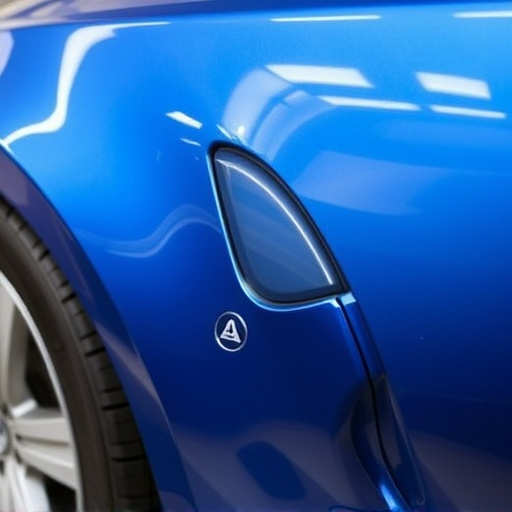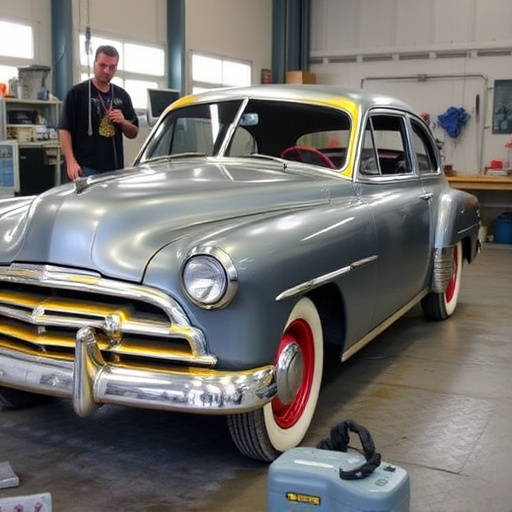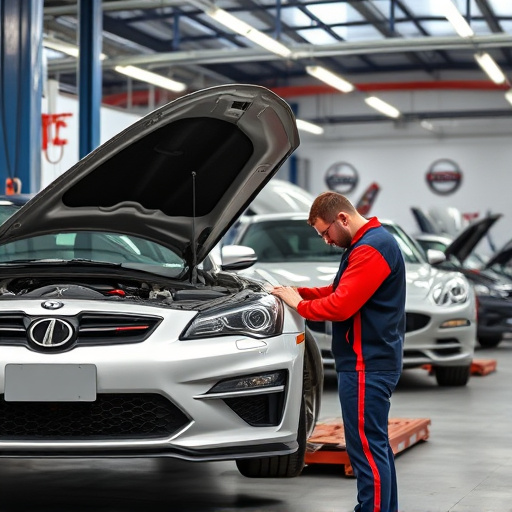Mercedes glass sensor calibration is vital for safety and performance features relying on accurate temperature, humidity, and sun intensity readings from sensors like the glass sensor. Regular calibration after auto glass or paintless dent repairs ensures climate control, driver assistance, and vehicle security systems function seamlessly, enhancing driver experience and vehicle safety on both city streets and highways. Misaligned windows can cast shadows, distorting light signals and leading to inaccurate calibrations. Specialized tools fine-tune sensitivity and response time for optimal sensor accuracy.
In the intricate world of Mercedes automotive technology, understanding the impact of glass position on sensor calibration is paramount. This article delves into the crucial relationship between Mercedes’ advanced glass sensors and their calibration accuracy. We explore how the placement and orientation of glass components can affect sensor readings, providing insights into techniques for optimizing calibration to ensure peak performance. By understanding these factors, folks can navigate the intricate landscape of Mercedes glass sensor calibration, fostering a seamless driving experience.
- Understanding Mercedes Glass Sensor Functionality
- Impact of Glass Position on Calibration Accuracy
- Techniques for Optimizing Sensor Calibration
Understanding Mercedes Glass Sensor Functionality
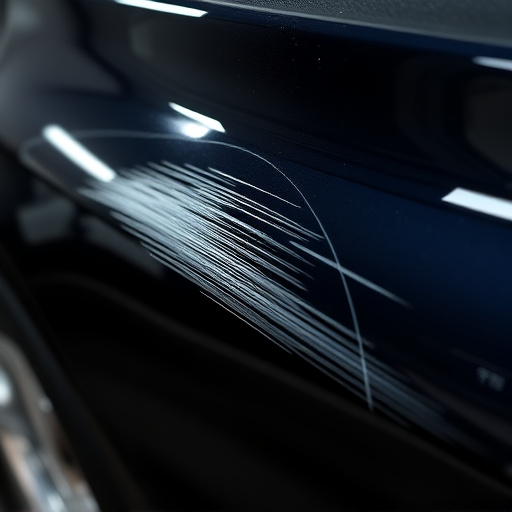
Mercedes vehicles are equipped with advanced sensors that play a crucial role in their safety and performance features. One such sensor is the Mercedes glass sensor, designed to monitor and adjust to changes in window and windshield conditions. These sensors are integral to various systems, including climate control, driver assistance, and vehicle security. They detect factors like temperature, humidity, and sun intensity, allowing for precise adjustments to maintain optimal comfort and safety levels inside the vehicle.
Proper Mercedes glass sensor calibration is essential to ensure these sensors function accurately and synergistically with other components. When a car’s auto glass replacement or paintless dent repair is done, it can disrupt the sensor’s calibration. Even minor changes in window positioning or materials used during frame straightening can impact readings. Therefore, regular checks and calibrations are vital to keep these sophisticated systems operating seamlessly, enhancing both driver experience and vehicle safety features.
Impact of Glass Position on Calibration Accuracy
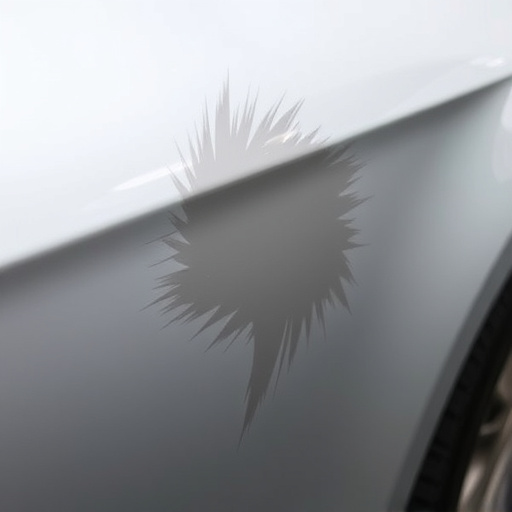
The position of glass within a Mercedes can significantly impact sensor calibration accuracy. Sensors, designed to detect and interpret data from various inputs, rely on clear and unobstructed views for optimal performance. Any obstruction, like a crooked or misaligned window, can throw off these sensors’ readings, leading to inaccurate calibrations. This is particularly true for Mercedes models featuring advanced driver-assistance systems (ADAS) that depend heavily on sensor data for functions such as lane keeping, adaptive cruise control, and parking assistance.
When the glass is not properly positioned, it can cast shadows or distort light signals reaching the sensors, causing them to misinterpret their surroundings. Over time, this can result in a decline in the vehicle’s overall safety and performance, underscoring the importance of regular checks and adjustments to ensure the Mercedes glass sensor calibration remains precise. Maintaining accurate calibration is crucial for keeping the vehicle’s safety features functioning at their designed levels, ensuring both the driver’s peace of mind and the vehicle’s reliability in various driving conditions—from bustling city streets to open highways.
Techniques for Optimizing Sensor Calibration
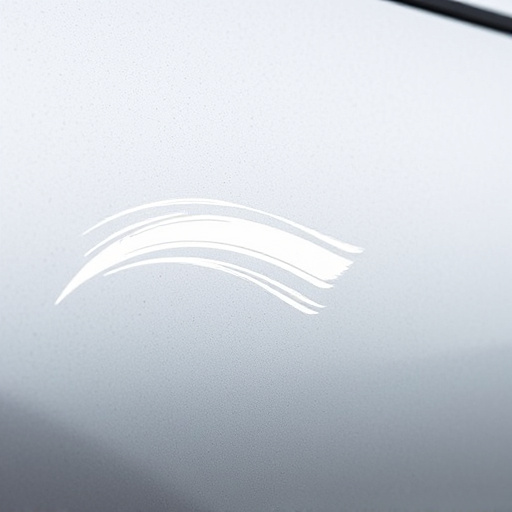
Optimizing Mercedes glass sensor calibration involves a meticulous approach to ensure precise readings and optimal performance. One technique is to utilize specialized tools designed for auto maintenance that can simulate various driving conditions, allowing sensors to adapt accurately to different environments. This process helps in fine-tuning each sensor’s sensitivity and response time, ensuring they work in harmony with the vehicle’s systems.
Additionally, a crucial step is regular calibration checks, especially after any automotive body work or collision center repairs. These checks ensure that the sensors remain accurate and aligned with the vehicle’s specifications. By implementing these techniques, Mercedes owners can guarantee that their vehicles’ sensor calibration remains optimal, enhancing safety features and overall performance on the road.
The positioning of glass in Mercedes vehicles plays a significant role in maintaining accurate sensor calibration, impacting various functions from advanced driver-assistance systems (ADAS) to window operations. By understanding how glass position influences sensor readings and employing techniques like regular recalibration and precise alignment, car owners can ensure optimal performance and safety for their Mercedes’ glass sensors. This, in turn, enhances the overall driving experience and contributes to the vehicle’s longevity.
